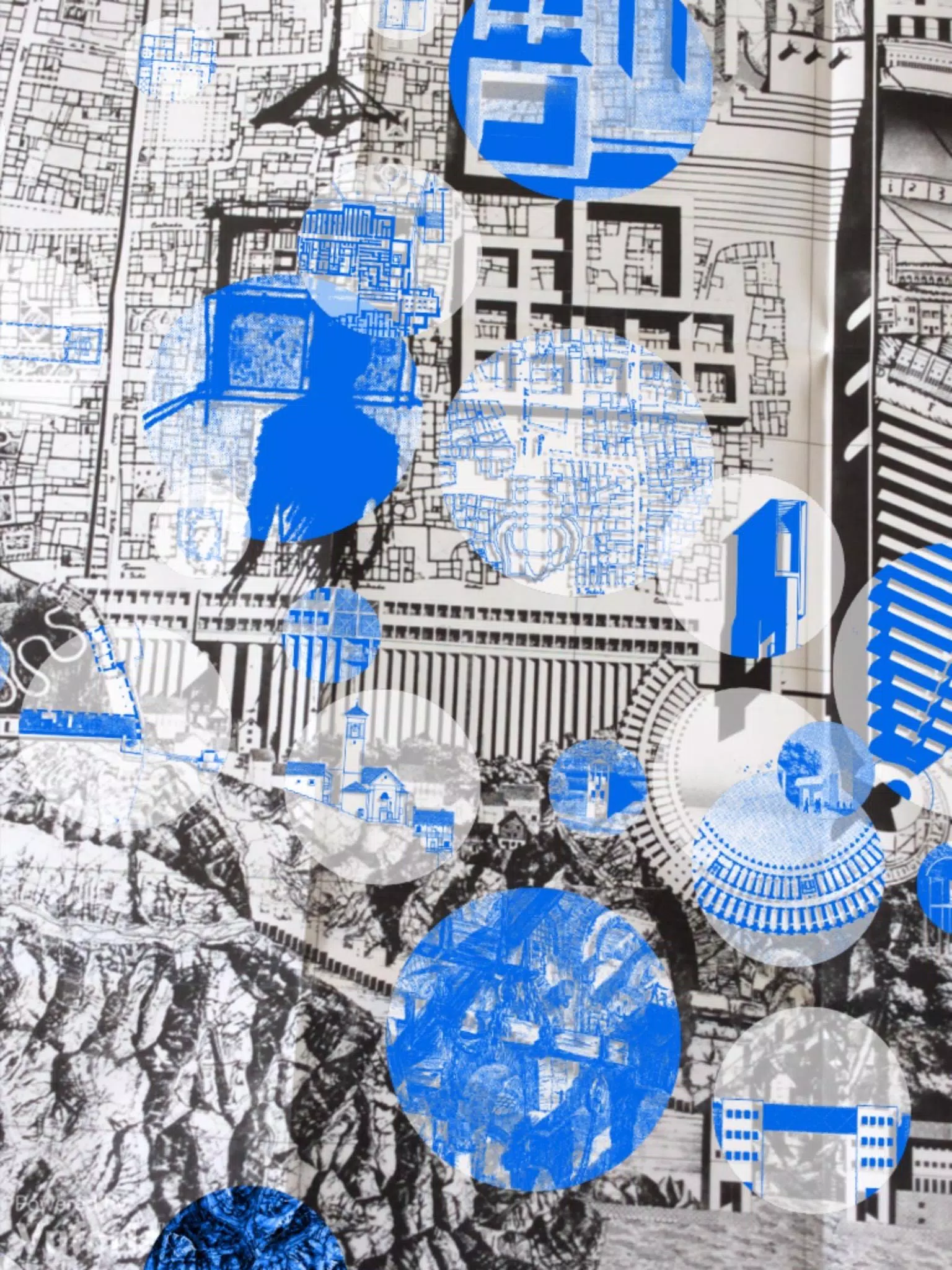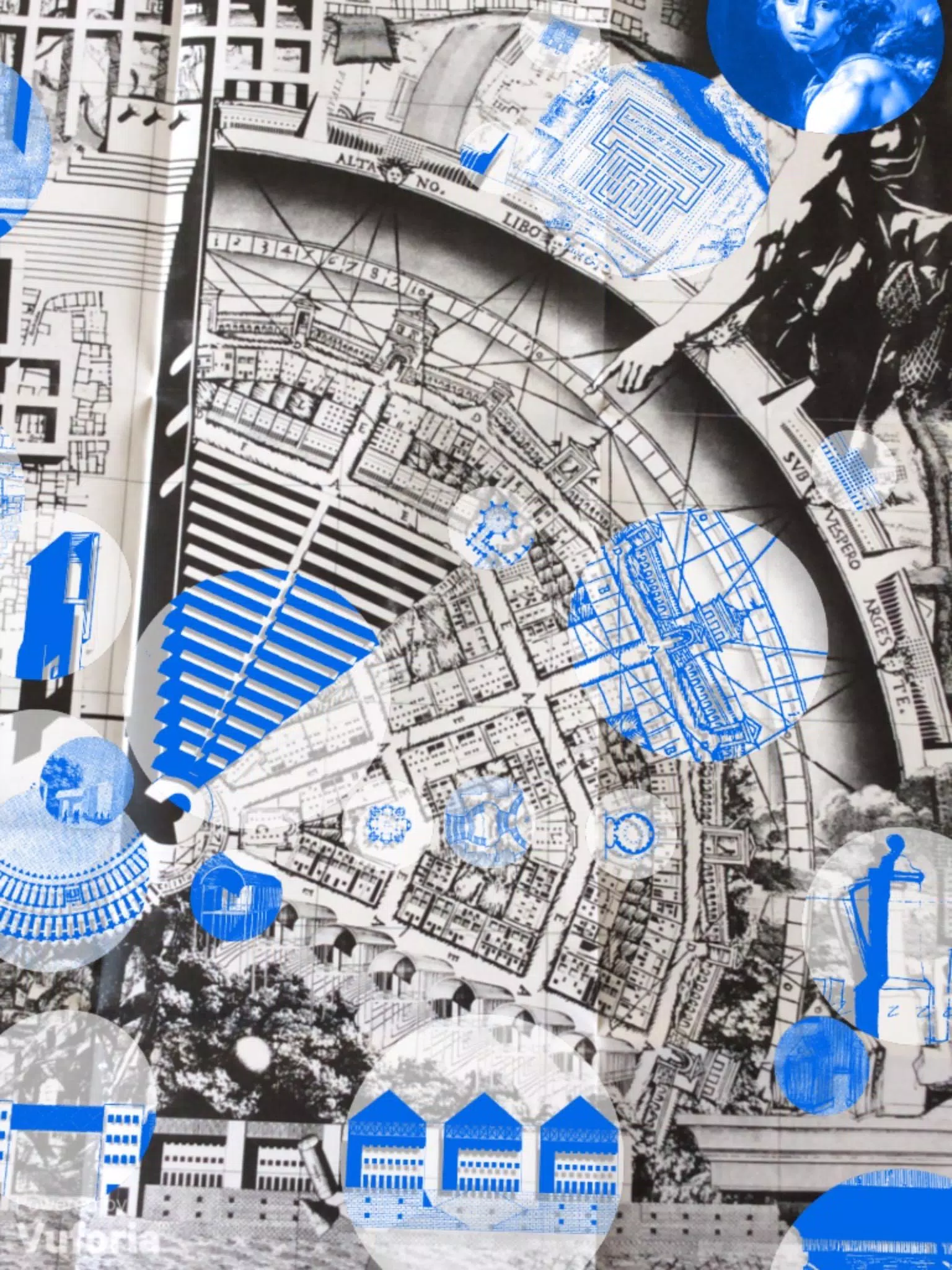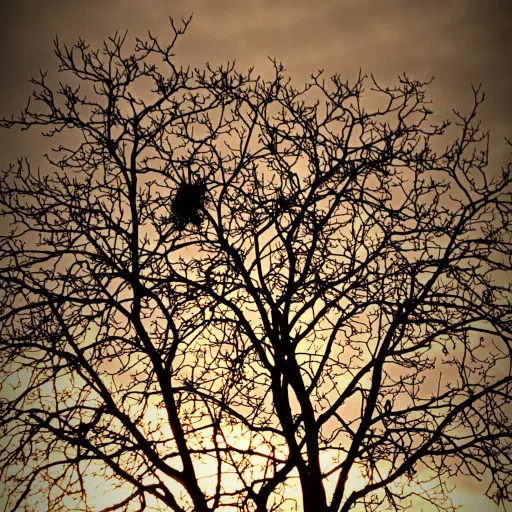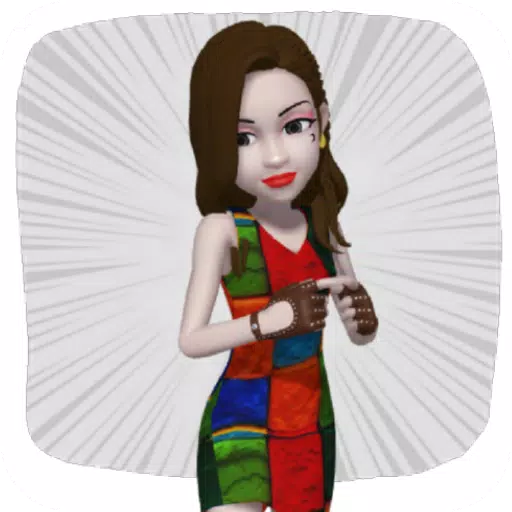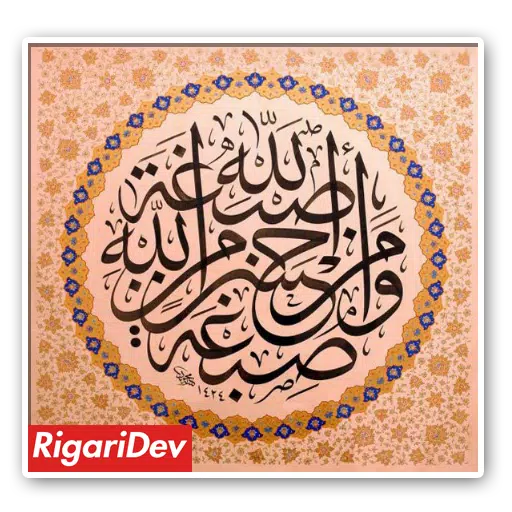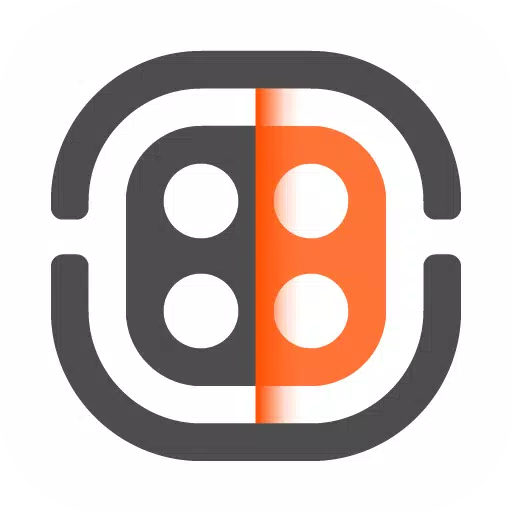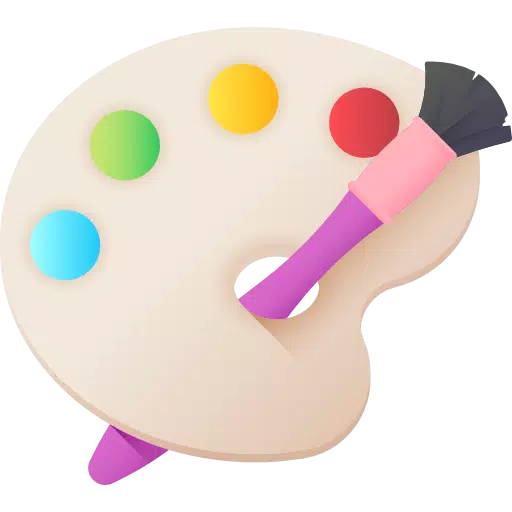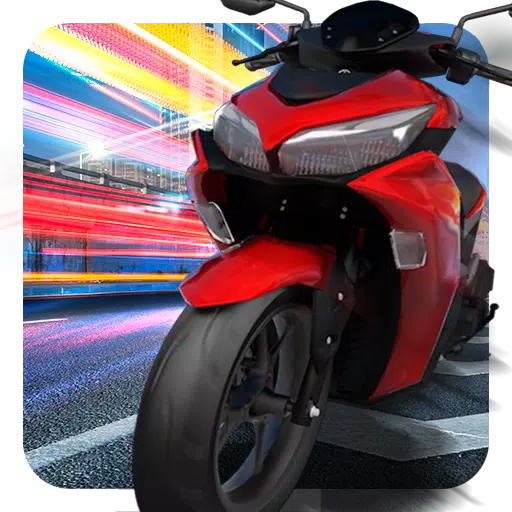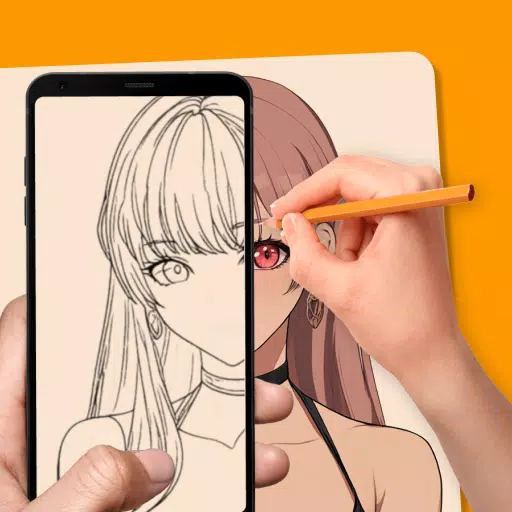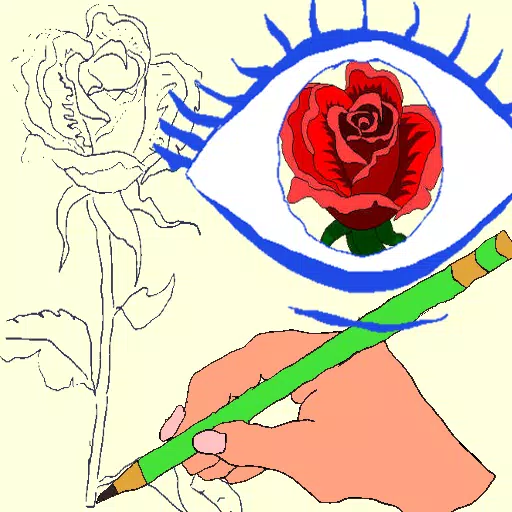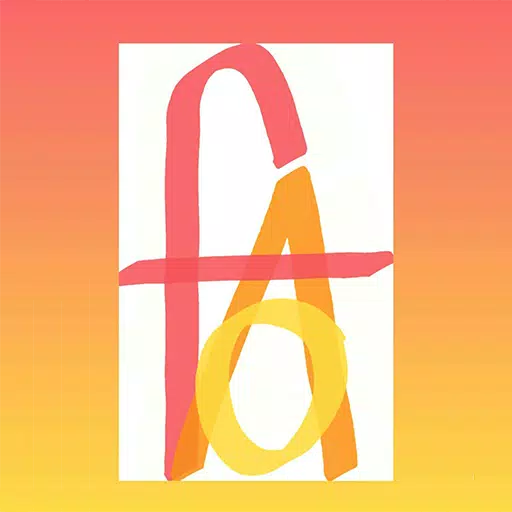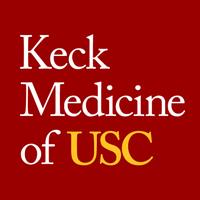The application is an integral component of a museum installation dedicated to exploring The Analogous City, a seminal artwork created by Aldo Rossi, Eraldo Consolascio, Bruno Reichlin, and Fabio Reinhart for the 1976 Venice Biennale of Architecture. This innovative application leverages augmented reality technology to enhance the visitor experience, working in conjunction with a detailed reproduction of The Analogous City, which can be accessed at http://archizoom.epfl.ch. The app enriches the artwork by displaying comprehensive references associated with the collage, presented on various layers that appear to hover above the original piece.
This application plays a crucial role in facilitating interactive engagement with the digital installation for the exhibition titled "Aldo Rossi - The window of the poet, Prints 1973-1997." The exhibition is being showcased at multiple prestigious venues: the Bonnefanten Museum in Maastricht, Archizoom EPFL in Lausanne, and GAMeC in Bergamo. Visitors to these locations can immerse themselves in the world of Rossi's architectural vision through this cutting-edge technology.
For those interested in extending their experience beyond the museum walls, a reproduction of the Analogous City is available in the form of a map, published by Archizoom. By purchasing this map, enthusiasts can recreate the interactive experience of the museum installation at their convenience, anywhere and anytime. The map itself is enriched with texts by Aldo Rossi, Fabio Reinhart, and Dario Rodighiero, providing further insight into the conceptual framework of the artwork.
The Analogous City, also known as La Città Analoga, was envisioned as a true urban project. The collage that forms its basis incorporates a diverse range of historical and architectural elements, including Giovanni Battista Caporali's Drawing of Vitruvius’ city (1536), Galileo Galilei's drawing of the Pleiades Constellation (1610), Tanzio da Varallo's painting David and Goliath (ca 1625), Francesco Borromini's plan of San Carlo alle Quattro Fontane (1638-1641), the Dufour topographic map (1864), Le Corbusier's general plan of the chapel of Notre Dame du Haut (1954), alongside various architectural projects contributed by Aldo Rossi and his collaborators.
Aldo Rossi himself described the Analogous City as a bridge between past and present, reality and imagination, suggesting that it represents "the city to be designed day by day, tackling problems and overcoming them, with a reasonable certainty that things will ultimately be better." This profound statement was featured in Lotus International n. 13 in 1976, encapsulating the essence and ongoing relevance of the Analogous City in the discourse of urban design and architecture.


